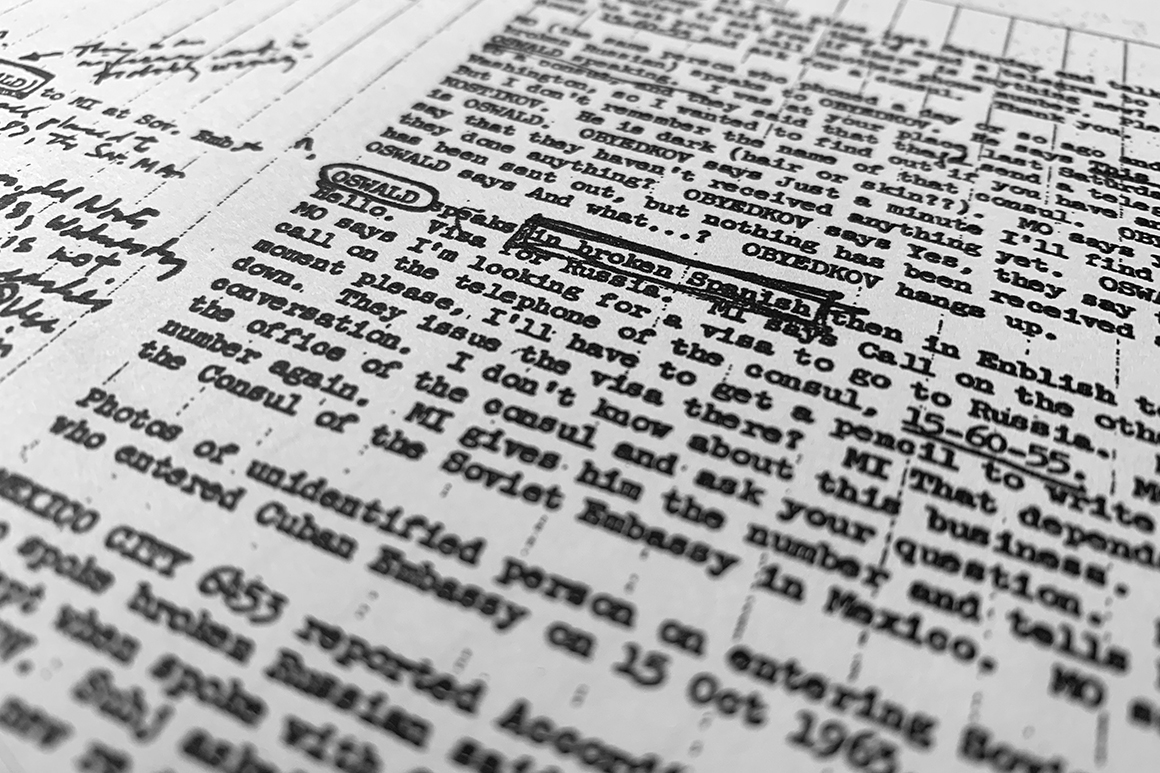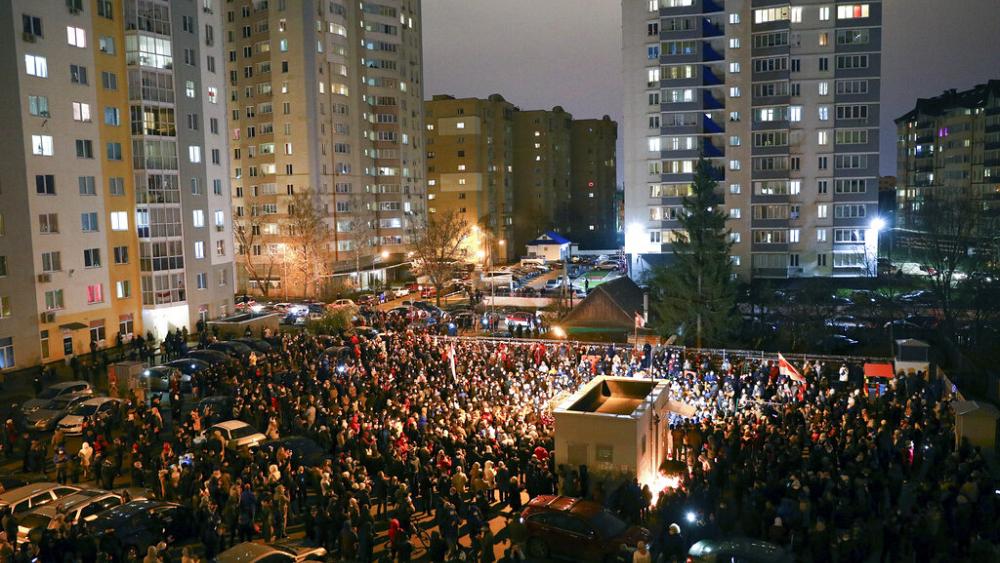
For instance, one newly released file discloses “a crank call” made to the U.S. Navy attaché in Australia more than a year before the assassination about an alleged plot against Kennedy by the Soviet Union.
“Why should we trust that some or most of the additional, unreleased material is not simply B.S. or overclassification?” asked Stuart Wexler, an assassination researcher and author. “And more importantly, why should we trust that they are being held for legitimate reasons and not because they are embarrassing in some way?”
The disclosure of the 1,491 documents by the National Archives follows an executive order from President Joe Biden, issued in October, that establishes a new process for releasing all remaining JFK-related archives, which were originally supposed to be made public in 2017.
But Biden also delayed the full disclosure of thousands of additional files for at least another year — and potentially indefinitely if agencies can convince him or his successors that they need to be kept secret to protect national security.
The newly disclosed records are less than 10 percent of more than 15,000 documents that the National Archives says have not been fully released.
All the JFK files were originally collected by the Assassination Records Review Board, which was established by Congress in the President John F. Kennedy Assassination Records Collection Act of 1992.
The new trove does offer some fresh insights into what the CIA knew about Oswald, an ex-U.S. Marine who had previously defected to the Soviet Union. On Nov. 24, 1963, two days after the assassination, Dallas nightclub owner Jack Ruby shot and killed Oswald, who was in police custody.
The official inquiry by the Warren Commission in 1964 concluded that Oswald was the lone gunman who killed Kennedy, but a subsequent inquiry a decade and half later by the House Select Committee on Assassinations found that even though evidence supported the conclusion that Oswald was the assassin, Kennedy’s murder was probably the result of a conspiracy.
One 73-page CIA report revealed how many CIA officials at home and abroad were not convinced that Oswald was the only perpetrator.
“From a review of the agency’s file on Lee Harvey Oswald, it becomes apparent that the agency and its field stations, particularly in Mexico City and Miami, were not unmindful of the possibility that Oswald did not act alone,” the undated report stated.
The files also include a number of memos about the agency’s surveillance of Oswald during a trip he took to Mexico City in late September and early October 1963.
One previously secret summary — dated the morning of Nov. 24, two days after Kennedy’s assassination and the day Oswald was shot — recounts how he “entered Mexico (apparently by car) at Nuevo Laredo on 26 September 1963, claiming he was a photographer, living in New Orleans, and bound for Mexico City.”
Other documents recount the series of unsuccessful visits he made to the Cuban and Soviet embassies while in Mexico City seeking visas to travel there.
Another memo describes the methods used for trailing Oswald in Mexico City, including telephone intercepts, and another details the CIA’s broader methods for spying on the Soviet Union in the country. Others include the testimony of those who interacted with Oswald during his trip.
After the assassination, the CIA also sought information about a list of individuals who may have been connected to Oswald when he was living in Minsk in the Soviet Union from October 1959 to June 1962, the records show.
Many more of the files recount U.S. intelligence operations, both before and after Kennedy’s assassination, that were aimed at Cuba’s communist government, with which Oswald sympathized.
Also included are portions of closed testimony before the Church Committee, a Senate panel in the 1970s that investigated CIA abuses. The files also detail the role of a Mafia lawyer who served as a CIA informant.
But at first glance, researchers expressed disappointment that the new files appear to be a mishmash of those previously released in whole or part. They also complained that the way the National Archives presented the files made it difficult to discern whether the documents contained anything truly revelatory.
“It is so incredibly tedious,” said Gerald Posner, author of “Case Closed,” a book centering on Oswald’s role in Kennedy’s killing.
“I understand that it is not in the National Archives’ brief to help researchers, journalists and historians wade through the new release,” he said. “In the spirit of transparency, would it not have been helpful if the Biden administration had requested the Archives to publish each document in tandem with a copy of the last pre-release, redacted version of the same document?”
“That,” he added, “would allow us to see in an instant whether there had been a single name or work redacted beforehand, or if most of the document is now public for the first time,” Posner added. “Otherwise, even those of us who try to keep abreast of the releases can fall prey to ‘this is news.’”
Rex Bradford, a researcher at the Mary Ferrell Foundation, which has digitized thousands of JFK-related records, said it would probably take weeks to assess whether there is anything truly new in the latest files about the assassination or the history of Cold War intelligence operations.
But most of all, researchers and historians are eager to see the rest of the files.
“There are still 14,000 documents that have not been released,” said Larry Schnapf, a lawyer and researcher who is suing the government to see communications between the CIA and other agencies and the White House detailing why so many documents have still not been made public.
Related posts:
Views: 0
 RSS Feed
RSS Feed

















 December 16th, 2021
December 16th, 2021  Awake Goy
Awake Goy 



 Posted in
Posted in  Tags:
Tags: 
















